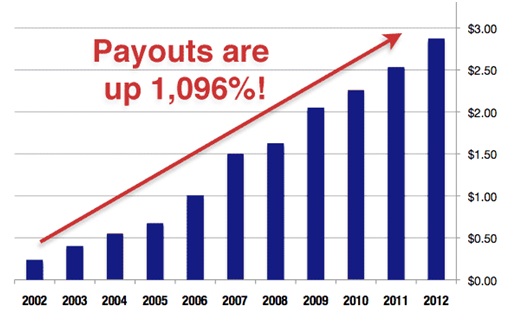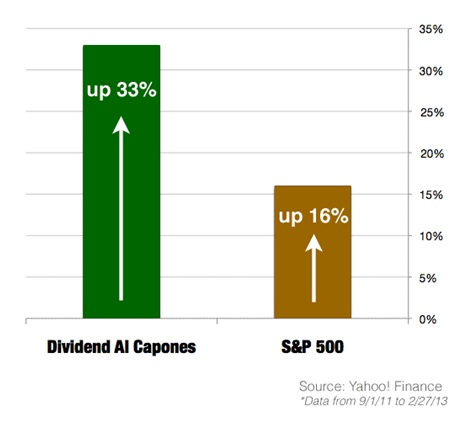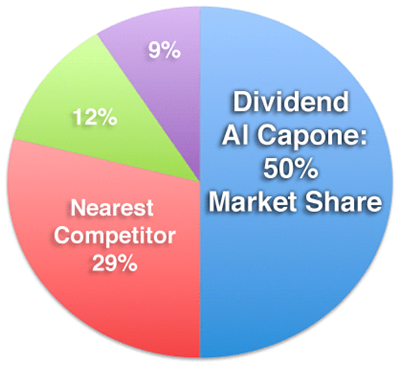TAXES THAT HIT MARRIED COUPLES HARDER
Marriage Penalty: 4 Tax Laws That Hit Couples Harder

This phenomenon is known as the marriage penalty, and it rears its ugly head in several parts of the tax laws. Let's take a look at some of the most common provisions in which married couples get the short end of the tax stick.
1. Two-Earner Couples Pay Higher Taxes Faster
Married couples have to combine their earnings in order to determine their gross income, and the tax brackets that apply to various income levels differ for married couples compared to single filers. For one-earner couples, the higher incomes for the brackets for a particular rate result in a marriage bonus. But for two-earner couples who earn roughly the same amount, the fact that the tax brackets for married filers at the 25 percent rate and above have income limits that less than double those of single filers means that they can end up paying extensive marriage penalties.
For instance, the 33 percent tax bracket kicks in for singles at $186,350 and for married couples at $226,850. So if two people earning $150,000 got married, they'd be well into the 33 percent bracket, even though when they were single, they were in the lower 28 percent bracket. For higher-income couples, the disparities are even more egregious, making bracket structure one of the biggest marriage-penalty provisions in the tax laws.
2. Standard Deductions Are Higher for Unmarried Parents
The tax bracket situation above gets even worse when kids enter the picture. Tax law allows one of the unmarried parents of a child to claim head of household status, which comes with an additional $2,900 standard deduction compared to singles. That means that unmarried parents can claim a total of $15,300 in standard deductions in 2014, compared to just $12,400 for married couples.
In addition, unmarried individuals have the option of having one parent itemize deductions while the other takes a standard deduction. Married couples, on the other hand, don't have that option. If one itemizes, the other has to as well -- even if that spouse has no itemized deductions at all.
3. New Surtax Rules Have Considerable Marriage Penalties
The Medicare and Net Investment Income surtaxes impose additional income taxes of 0.9 percent and 3.8 percent, respectively, on various types of income. The 0.9 percent Medicare tax applies to earnings above $200,000 for singles and $250,000 for married joint filers, while the 3.8 percent Net Investment Income provision imposes tax on interest, dividend, and other investment income to the extent that it falls above the same $200,000 and $250,000 income limits. Two individuals earning just under $200,000 wouldn't be subject to the provision at all, but if they married, they'd be well over the threshold and owe substantial amounts of tax.
4. Tax Benefit Phaseouts Can Hurt Couples More Quickly
Many favorable tax provisions have income limits above which their benefits slowly phase out and eventually disappear. In many cases, combining two individuals' incomes is enough to phase out beneficial tax breaks even if neither one alone would have been a problem.
One example involves the income level at which personal exemptions and itemized deductions begin to phase out. For singles, income above $250,000 triggers provisions to start phasing out those tax breaks, while married joint filers face a $300,000 limit. Again, the simplest example involves two people who each earn $200,000 -- alone, neither would have a problem, but together, they'd lose considerable amounts of their exemptions and deductions and thus pay a lot more in tax liability.
DONATE HERE
Motley Fool contributor Dan Caplinger never likes getting penalized. You can follow him on Twitter @DanCaplinger or on Google+. To read about our favorite high-yielding dividend stocks for any investor, check out our free report.

.jpg)







